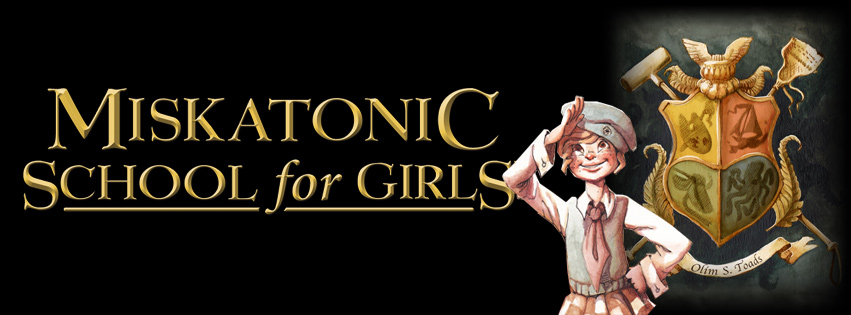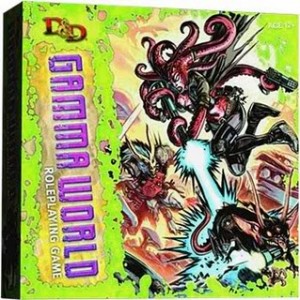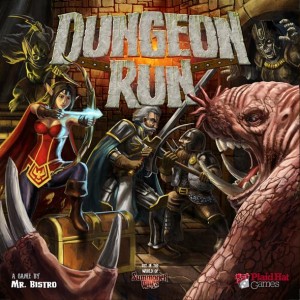My co-worker Tim and I stepped into the American restaurant on the corner. The bleary-eyed maitre’d pointed us towards a table near the front, part of a trio enclosed by glass on three sides.
One of the other tables was empty. The third hosted four women, all in their late 20’s, who wore name brands and talked louder than absolutely necessary. Tim and I sat, our server took our drink order, and the woman at the far end said, “Hey!”

‘some of the girls’ by arrogant on Flickr
We turned.
“Don’t order the steak,” she said. Her friends tittered.
I looked at our new friend closely. She was having trouble keeping both eyes open and focused. Tim gave the best possible answer.
“Oh?”
She put up two fingers about a quarter-inch apart. “It was like this.” The others murmured their agreement.
We duly thanked them for their advice, then returned to our conversation. The four women started to talk about when they were next going to meet. This took fifteen minutes.
Then I heard a hiss. Tim and I turned. Our new friend had poised a paper airplane in one hand and eyed us mischievously, like she was about to perform a grand prank. She pulled back her hand and let fly, and the poor papercraft didn’t get more than two feet before crashing to the table. It was then passed to the nearest woman to our table–whose shoulder practically touched mine–who attempted again. It was just as successful.
I picked it up, thanked them, and glanced down at the airplane. Half a line of writing peeked out from behind the folds. I unfolded the paper to find this:
DON’T EAT THE STEAK
SLITCHES 4 EVER
I arched an eyebrow. Tim had the daring–and English self-effacement–to ask the women what on Earth a “slitch” is. For the record, I had no idea, either. They tittered, hemmed, and hawed. Finally, they relented: It means “slut bitch.”
What do you say to that?
I turned back around, making a show of laughing as if this was all a merry batch of teasing among sophisticated adults. Tim and I returned to our dinner (neither of them steaks), at which point my ears turned into spies and eavesdropped. The women were now talking about all the cheating wives and girlfriends they knew, and how they found out about their husbands having affairs. Then our new friend–the one with poor eyelid control–whined, “I have to go back home and get my girls in bed,” stood up…and walked over to us.
The resulting conversation was, to my surprise, completely civil: what brought us to this town? What have we had a chance to see? Had we been to Atkins Park? There was no apparent secret agenda or coded invitations, and I later checked on her suggestions: solid, nice places to go. And then, she was gone.
At least now I know the meaning of “slitches.”







